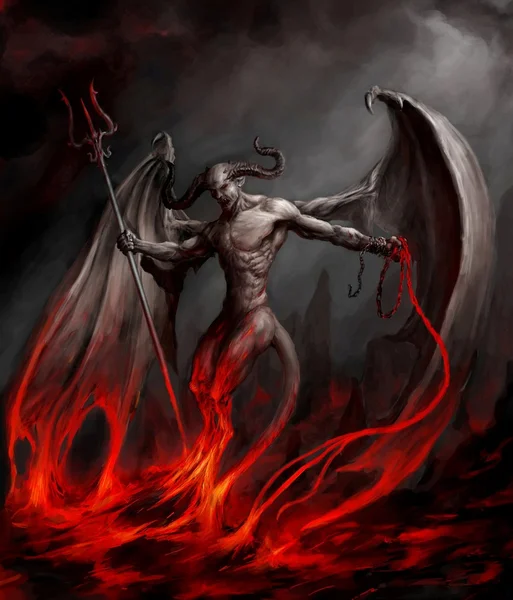How Do Demons Attack People?

From the popularity of The Exorcist from 50 years ago, to last year's Nefarious, demons and more importantly how to get rid of them are a topic that fascinates us.
What does the Catholic Church say about demonic attacks?

Demonic attacks can be divided into ordinary and extraordinary; the ordinary attacks are commonly called temptations. Temptations can come from the world and the flesh, as well as from the devil. Temptations of the world include wealth, popularity, and power; temptations of the flesh include sex, food, alcohol, and drugs. The temptations of the devil are intertwined with the other two types: they give added enticement to those sins.
Temptation by demons is not much different from temptations that come from other people. Just as people can say things to tempt others to sin, so too demons, in a nonverbal way, can give evil thoughts and provoke emotions that can lead to sin.
The two types of attacks that fall into this category between temptation and possession are usually called oppression and obsession.

Demonic oppression is often described as an attack that is external. The biblical accounts of Job and the woman with the spirit of infirmity are examples of the ways in which demons may attack people physically without actually possessing them. Some exorcists say that in addition to causing physical diseases, demonic oppression may involve attacks on the victims’ finances, relationships, and employment.
In Job’s case, we believe it to be a demonic attack because the Bible states that it is.
However, outside of the Bible it would be practically impossible to discern this type of attack. For example, someone might imagine that his financial hardships and strained personal relationships are the result of a demonic attack, when in reality he is simply facing the natural human consequences of an economic recession.
But one type of oppression, or external attack, that is clearly demonic is when there is physical activity outside the laws of nature, such as objects moving of their own accord, electrical devices functioning without a power source, or noises or lights that have no earthly source. If such occurrences happen repeatedly in close proximity to a particular person, it is generally called demonic oppression.
Demonic obsession usually refers to an attack that is internal. A possible biblical example of this is when St. Paul was attacked three times by “a messenger of Satan” (2 Cor. 12:7-9). We don’t know what kind of attack it was, but it may have been internal. Exorcists’ examples of the internal attacks associated with demonic obsession include the following: evil thoughts that victims cannot stop thinking, spirits that cling to emotional wounds or unhealthy relationships, and evil or frightening dreams. These problems are demonic in a certain way, since Satan is the primary cause of evil in the world, and his demons are always looking for ways to inflict damage on us.
In conformity with the words of Jesus (cf. Matt. 17:18, Mark 1:24), the Catholic Rite of Exorcism refers to demons as being in possessed persons, and the process of exorcism as driving the demons out of them.
However, it should be noted that demons are purely spiritual beings, and therefore do not occupy space as do material objects (CCC 330). The manner in which demons are in or out of persons (or places) is a matter of philosophical and theological debate and is not essential in regard to actual cases of possession and exorcism. The important factor is that demons are exerting their power over the bodies of the possessed. The demons are literally in possession of the victims’ bodies and are therefore controlling their actions and words.
What's Your Reaction?













